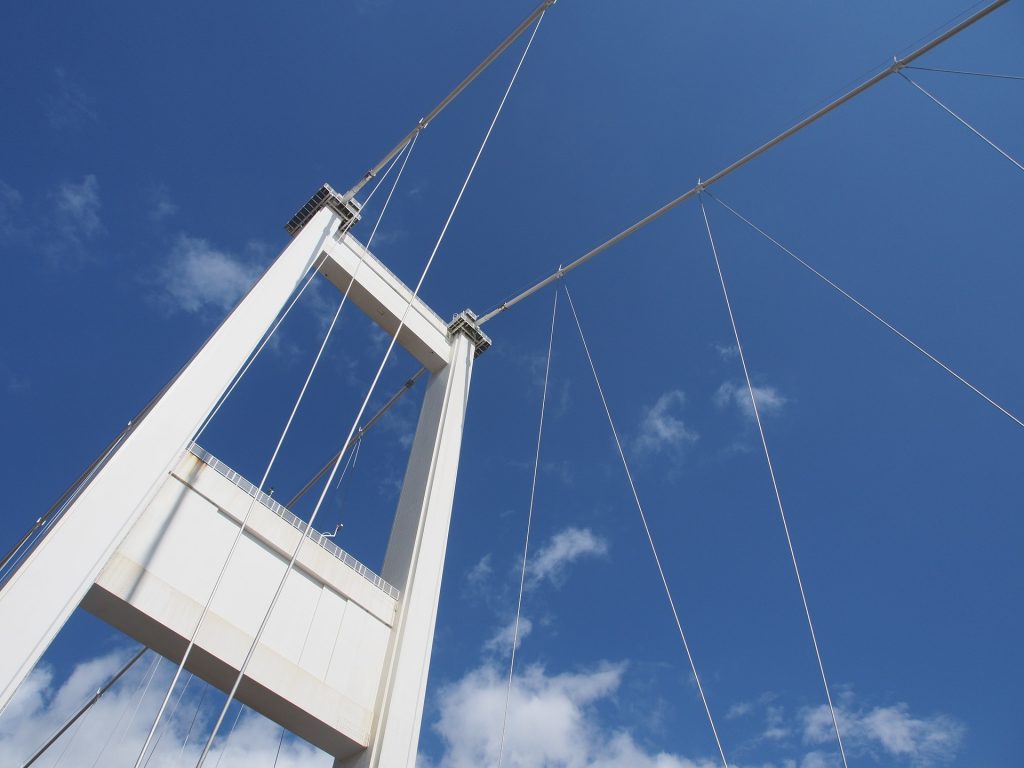
Smart Roads and bridge monitoring
Abstract
The Smart Road project favors road mobility by performing a significant programmatic action aimed at digitizing the existing infrastructure. The aim of this ambitious project is to ensure technological adaptation towards self-awareness of the road network, which represents a critical infrastructure in a Country. With particular focus on bridges, Italtel formulated its vision for an integrated system for monitoring critical mobility infrastructures.
